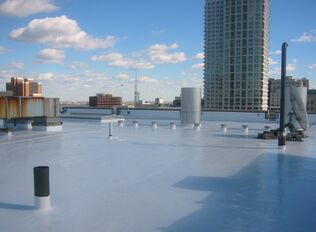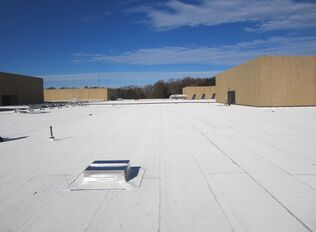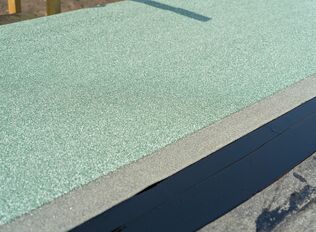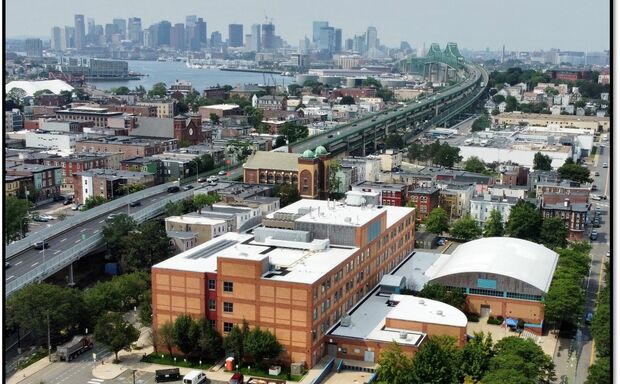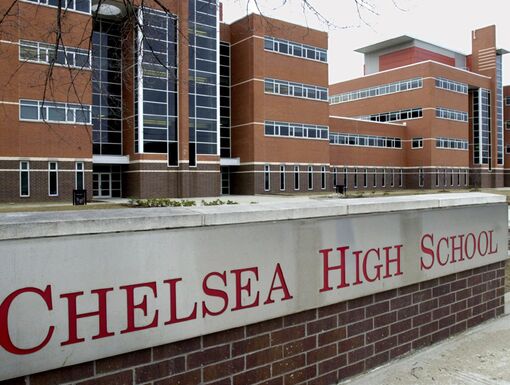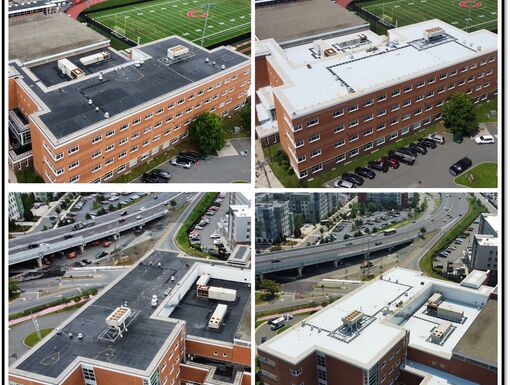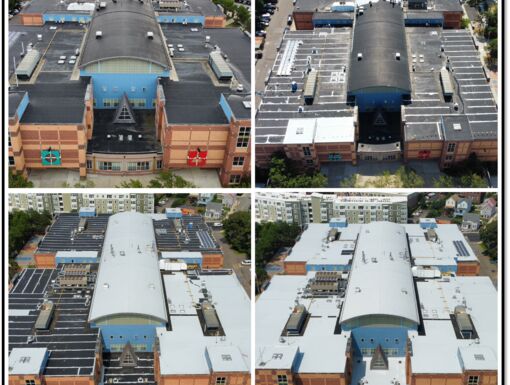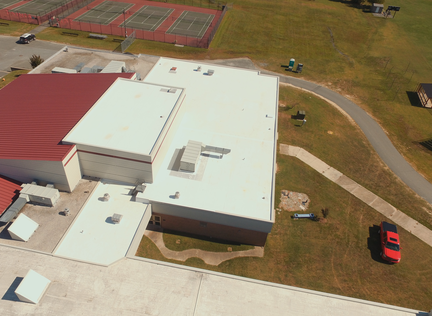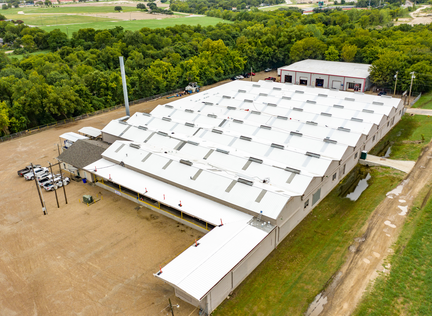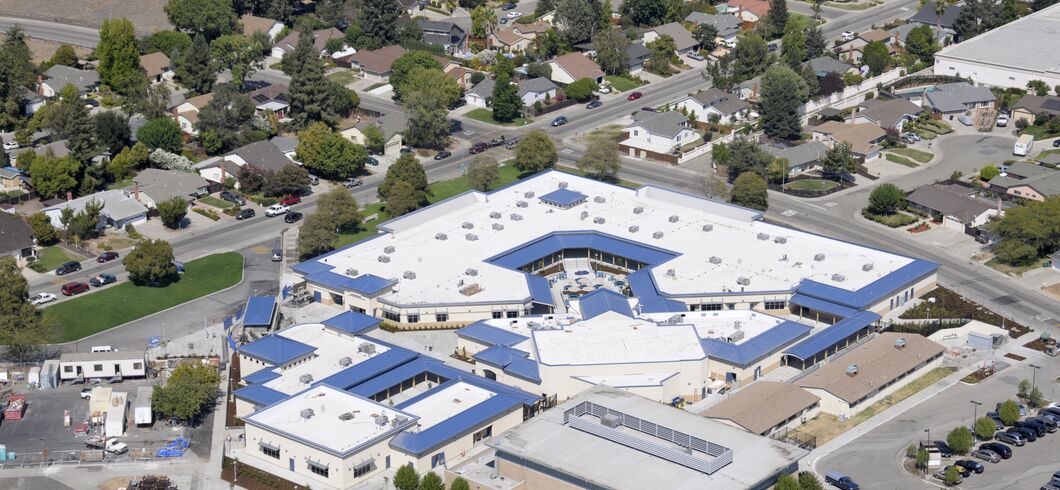Suggested Keywords
Suggested Products
Suggested Articles
Suggested Products
Suggested Articles
Products
-
Fluid-Applied Membranes
-
Base & Ply Sheets
-
Underlayments
-
Mastics
-
Adhesives
-
Sealants
-
Primers
-
Accessories
Explore All Products
Fluid-Applied Membranes
Base & Ply Sheets
Underlayments
Coatings
Mastics
Adhesives
Sealants
Primers
Accessories
Services
Full-Service Manufacturing
Design-Build Solutions
Procurement Options
Sustainable Roofing Systems
Building Solutions
Design Professionals
Education
Healthcare
Local & State Government
Industrial / Manufacturing
Entertainment / Mixed Use
Articles & Resources
-
Technical Library
-
Total Value / Lifecycle Costing
-
Project Highlights
-
Building Industry Articles
-
Brochures
